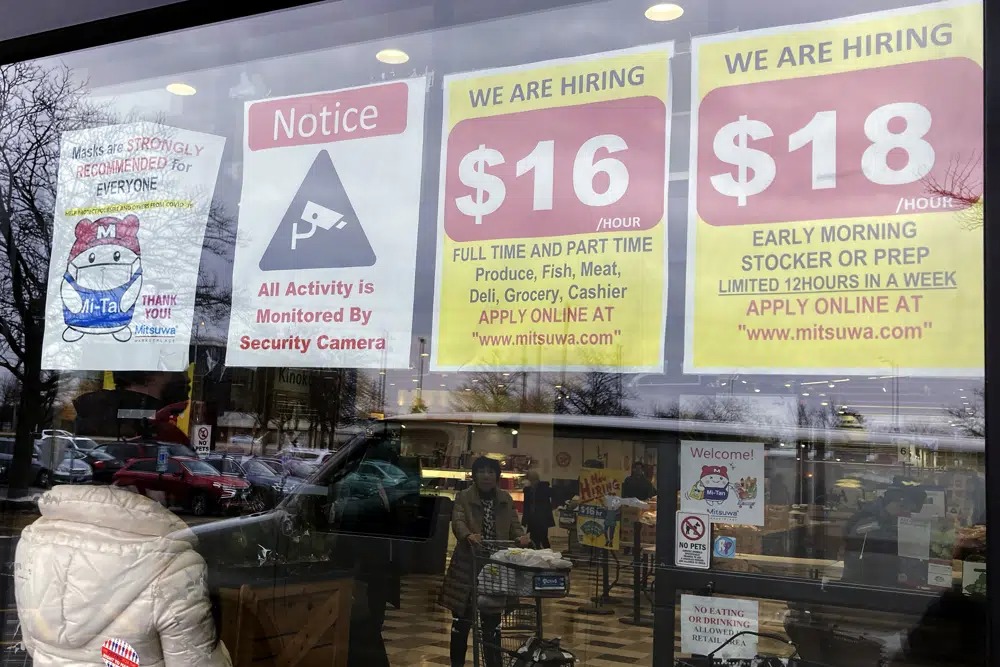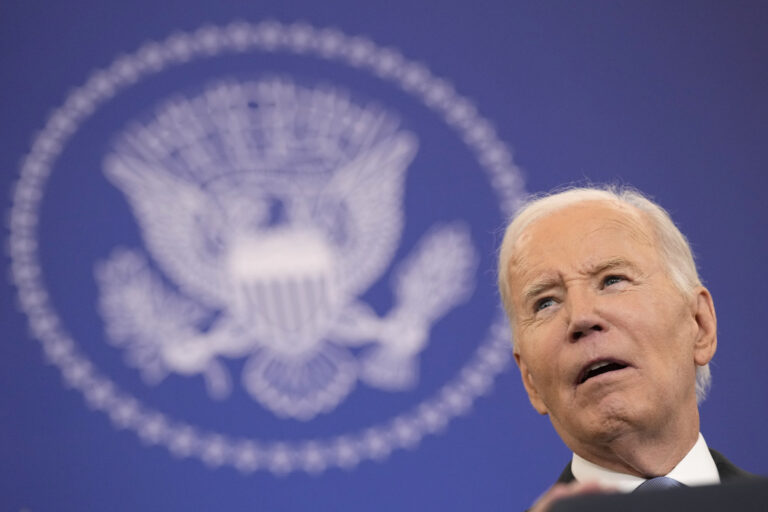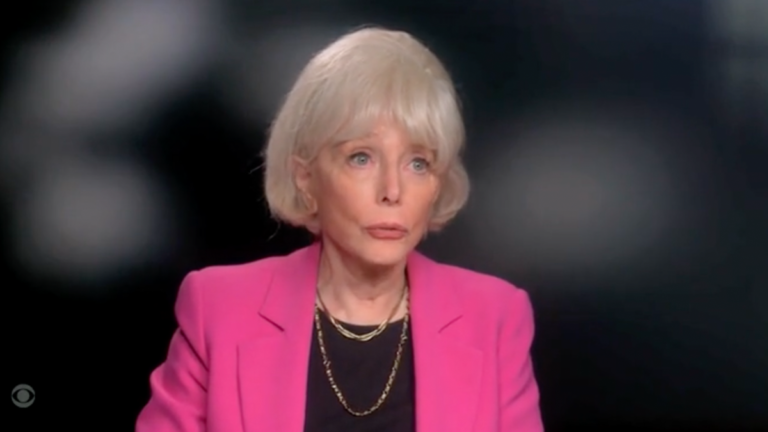Pay and benefits for America’s workers grew at a healthy but more gradual pace in the final three months of 2022, a third straight slowdown, which could help reassure the Federal Reserve that wage gains won’t fuel higher inflation.
Wages and benefits, such as health insurance, grew 1% in the October-December quarter compared with the previous three months. That marked a solid gain, though it was slower than the 1.2% increase in the July-September quarter.
Fed Chair Jerome Powell and economists consider the data released Tuesday, known as the employment cost index, to be the most comprehensive gauge of labor costs. Powell last year cited a sharp increase in the index as a key reason why the Fed accelerated its interest rate hikes.
On Wednesday, Powell and his Fed colleagues are set to raise their benchmark interest rate by a quarter-point to a range of 4.5% to 4.75%, their eighth straight rate hike. But as inflation has cooled, the central bank has been boosting rates by smaller increments. Last year, the Fed raised its key rate by three-quarters of a point four times.
Powell has said that he sees rapid wage gains, particularly in the labor-intensive service sector, as the biggest impediment to bringing inflation down to the Fed’s 2% target. When restaurants, hotels, veterinary clinics and other services companies raise pay, they often pass along those higher costs by charging their customers higher prices.
Overall inflation is steadily cooling, having eased to 6.5% in December compared with a year ago. That is down from a 40-year high of 9.1% in June. Powell’s concern, though, is that fast-growing wages will cause inflation to plateau at around 4% — still twice as high as the Fed’s target.
Workers’ pay has grown at a solid pace for roughly the past two years. With labor shortages afflicting a variety of industries, many employers have steadily boosted wages and salaries, while offering more lavish benefits, to try to attract and keep employees. For most people, inflation has still outpaced those pay gains. Yet wage increases have helped many consumers maintain their spending despite higher prices.
In last year’s first quarter, total worker compensation jumped 1.4% — the most on records dating to 2001. Before then, quarterly compensation growth had rarely topped 1%.
(AP)











